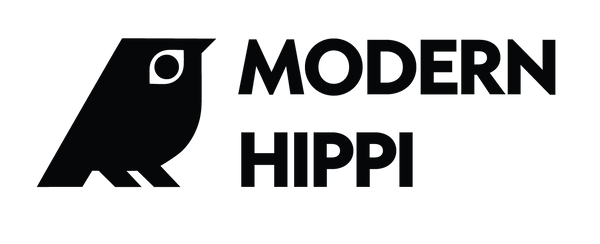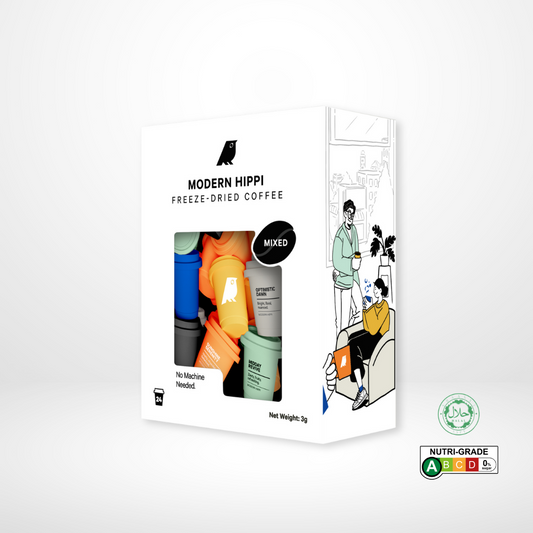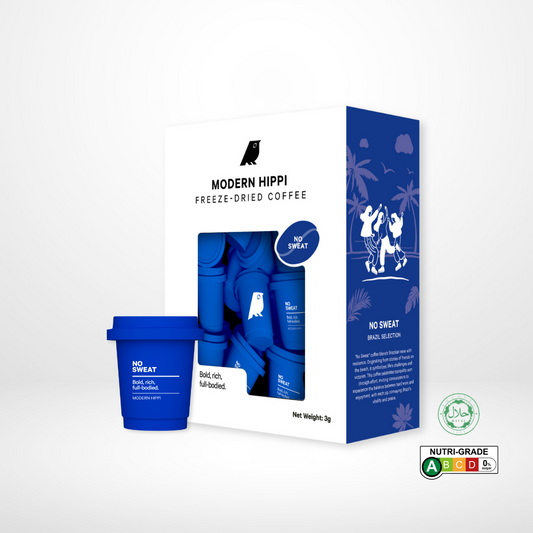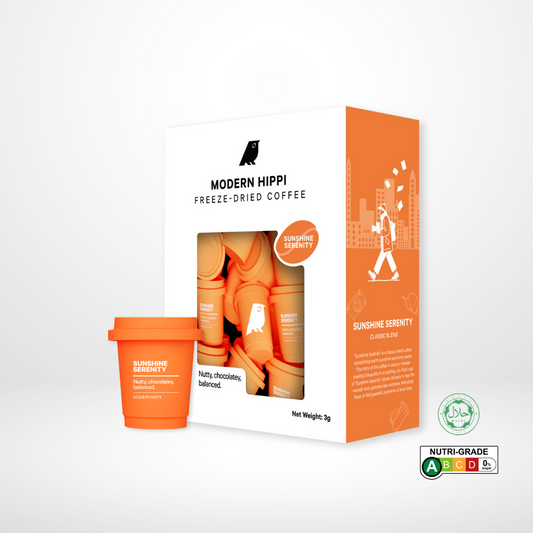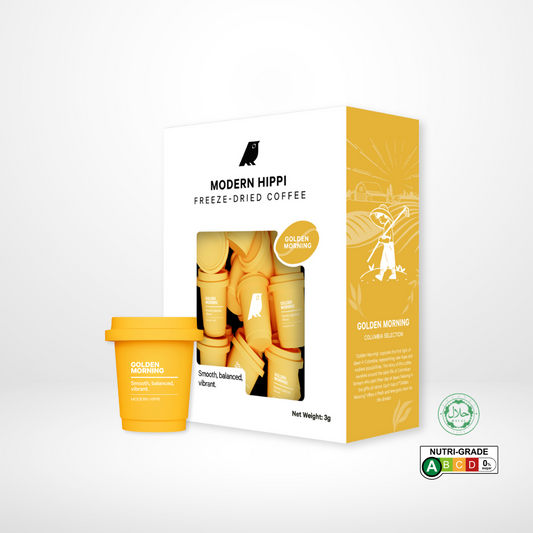In a world where convenience often trumps consciousness, the allure of a $1 cup of coffee is hard to resist. But behind that irresistible price tag lies a complex and often disturbing reality—one that touches not only the lives of distant farmers but also the health of our planet and, ultimately, our own well-being.
Cheap coffee is more than just a good deal. It’s a red flag. And as global demand continues to skyrocket—with over 2.25 billion cups consumed every day, according to the International Coffee Organization—the need to examine what goes into your cup has never been more pressing.
1. The Human Cost: Behind Every Bean is a Hand
One of the most pressing issues surrounding inexpensive coffee is labor exploitation. Coffee is one of the most labor-intensive agricultural products, yet the people who cultivate, harvest, and process it often earn far below a living wage.
Child Labor and Unfair Wages
In coffee-growing regions of Latin America, Africa, and Southeast Asia, children as young as eight are reported to work long hours in hazardous conditions. A 2020 report by the U.S. Department of Labor identified child labor as “prevalent” in 18 coffee-producing countries.
In Uganda and Côte d’Ivoire, for instance, families sometimes rely on their children to help meet harvest quotas, pulling them out of school in the process. Meanwhile, adult workers often receive pennies per pound—an average of $2 to $3 per day, according to Fairtrade International.
Compare this to the profits made further up the supply chain. Major coffee companies enjoy double-digit profit margins, while farmers are forced to sell their beans at a loss or go deeper into debt just to survive.
Lack of Union Representation
In many parts of the coffee belt, labor laws are weak or poorly enforced. Farmworkers have little to no access to unions, benefits, or medical care. This makes them vulnerable to exploitation and abuse, especially in peak harvest seasons when demand for labor is high.
2. The Ecological Toll: Land and the Price of Volume
Cheap coffee doesn’t just exploit people; it also devastates landscapes. In order to meet the demands of mass production, traditional, sustainable farming practices have been replaced by sun-grown monocultures, a practice designed to maximize output but with steep ecological consequences.
Deforestation and Habitat Loss
Sun-grown coffee requires the clearing of vast tracts of rainforest to allow direct sunlight to reach the crops. This has contributed significantly to deforestation in countries like Brazil, Indonesia, and Vietnam, three of the top five global coffee producers.
According to the World Wildlife Fund (WWF), approximately 2.5 million acres of forest in Central America alone were lost between 2001 and 2018 due to coffee-related deforestation. These regions, once rich in biodiversity, are now ecological dead zones.
Soil Depletion and Chemical Dependency
The relentless cultivation of coffee on the same land depletes the soil of its natural nutrients, necessitating heavy use of chemical fertilizers and pesticides. These chemicals often run off into nearby water systems, causing contamination that affects both aquatic life and human communities.
The long-term cost of soil degradation is substantial. Once-rich agricultural zones become barren, forcing farmers to either abandon their land or invest in expensive remediation methods they cannot afford.
Carbon Footprint of Conventional Coffee
Mass-produced coffee contributes heavily to global greenhouse gas emissions. From diesel-powered harvesting equipment to international shipping and wasteful packaging, cheap coffee has an outsized carbon footprint. A 2018 study published in the Journal of Cleaner Production found that the average carbon footprint of one cup of conventional coffee is 59 grams of CO₂—a figure that multiplies rapidly across billions of daily cups.
3. Health and Longevity: What It Means for You
Consumers may believe they are only saving money, but cheap coffee can also exact a cost on personal health. From questionable processing methods to chemical residues, low-cost brews may harbor hidden risks.
Contaminants in Low-Grade Coffee
Lower-end coffees often contain beans that were damaged during harvest, exposed to mold, or even fermented improperly. These defects are rarely discussed, but they can affect both flavor and safety.
Of particular concern is Ochratoxin A (OTA), a mycotoxin produced by fungi that can grow on improperly stored coffee beans. OTA is classified as a possible human carcinogen and has been found in high concentrations in poorly regulated markets.
Over-Roasting to Mask Inferiority
Another trick used to disguise poor bean quality is over-roasting. While a dark roast may seem bold and robust, it can be a cover for defects and off-flavors. Over-roasting also destroys many of the beneficial antioxidants and natural oils present in high-quality beans.
In contrast, well-produced specialty coffee, especially when freeze-dried, retains much of its antioxidant profile, aroma, and nutritional integrity.
4. The Economic Mirage: The True Cost of “Cheap”
Though it may feel like a bargain in the short run, cheap coffee has externalized costs—social, environmental, and health-related—that are paid for by someone else.
Subsidized Injustice
Every dollar not paid at the register is essentially a subsidy for systemic inequality. When you purchase coffee at rock-bottom prices, you're often supporting a system that impoverishes growers, pollutes the environment, and undermines community well-being.
The Sustainability Gap
A growing number of studies show that consumers are increasingly willing to pay more for ethically produced products. A Nielsen report from 2021 found that 73% of global consumers would alter their consumption habits to reduce their environmental impact. Yet there remains a significant gap between awareness and action, particularly in the coffee sector.
5. A Better Brew: The Shift Toward Ethical, Sustainable Coffee
The good news is that there is a growing movement toward more ethical, sustainable coffee practices—led in part by third-wave coffee culture and transparency advocates.
Certification Isn’t Everything, But It Helps
Fairtrade, Rainforest Alliance, and Direct Trade certifications offer some assurance that farmers are treated fairly and environmental standards are met. But certification is just the starting point. True sustainability involves ongoing education, investment in local communities, and the use of innovative processing techniques.
Quality Over Quantity: Why Specialty Coffee Matters
Specialty coffee, by definition, scores 80 or above on the Specialty Coffee Association’s 100-point scale. But beyond scoring, it also emphasizes origin transparency, careful harvesting, and high-quality processing—all of which contribute to a better experience for both the drinker and the grower.
The Future Is Freeze-Dried: Preserving Quality Without Compromise
For decades, instant coffee has been synonymous with low quality. But modern freeze-drying technology is revolutionizing how specialty coffee is consumed—offering both convenience and quality without ethical or ecological compromise.
Preservation of Flavor and Nutrients
Freeze-drying locks in the nuanced flavor notes, antioxidants, and volatile compounds that give specialty coffee its signature character. Unlike traditional drying methods, it does not expose the beans to high heat, allowing the coffee to retain much of its original chemical integrity.
Lower Environmental Impact
Unlike conventional coffee that relies on extensive packaging and energy-intensive brewing equipment, freeze-dried specialty coffee reduces waste, extends shelf life, and eliminates the need for coffee machines. This means fewer emissions and a lower overall carbon footprint.
Accessibility and Portability
Whether you're hiking in the Andes or sitting in a corporate boardroom, freeze-dried specialty coffee offers a practical way to enjoy top-tier coffee without compromising on ethics or quality. And with origin information and traceability built into many premium offerings, consumers can finally sip with confidence.
Conclusion: The Real Price of Your Cup
Every sip of coffee you take is the result of countless invisible choices. From the wages of a farmworker to the integrity of the ecosystem, cheap coffee comes at a steep, often unacknowledged cost. But it doesn't have to be this way.
By understanding the hidden costs tied to labor exploitation, environmental degradation, and compromised health, we as consumers are empowered to make better choices. And with innovations like freeze-dried specialty coffee, we no longer have to choose between convenience and conscience.
So the next time you reach for a cup, ask yourself: What is this coffee truly costing the world—and am I willing to pay just a little more for something infinitely better?
For more information about speciality freeze-dried coffee, visit Modern Hippi at modernhippi.co
